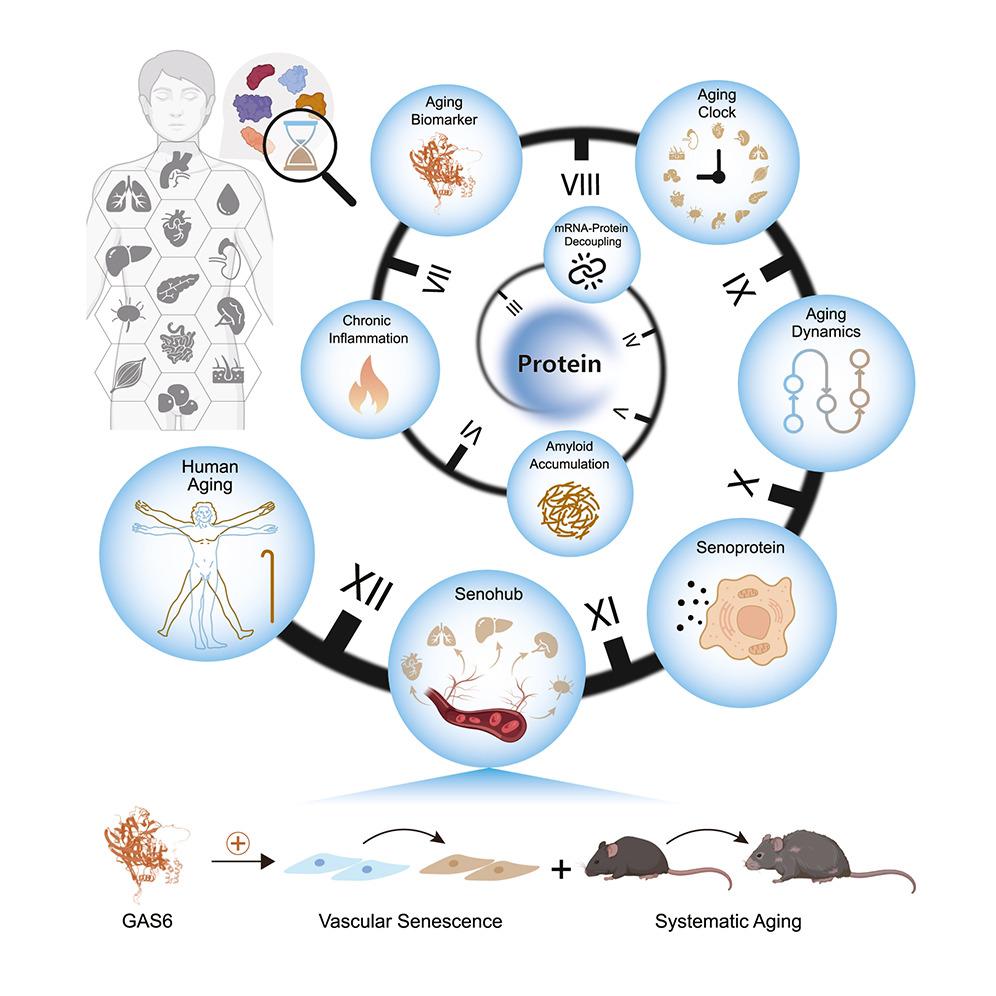BREAKTHROUGH: Scientists Map Human Aging Across 50 Years

A landmark study led by Guang-Hui Liu and published in Cell delivers the most comprehensive proteomic atlas of human aging ever assembled. Researchers analyzed 516 samples across 13 human tissues, creating a dynamic blueprint of how our proteins evolve over five decades.
Key Discoveries:
- Age 50: The Aging Inflection Point – The study reveals a critical molecular turning point around age 50, when accelerated aging truly begins at the protein level.
- Vascular Tissues Age First – Blood vessels emerged as the earliest and most dramatically aging tissues, emphasizing why cardiovascular health is foundational for longevity.
- Transcriptome-Proteome Decoupling – Widespread disconnection between gene expression and protein levels disrupts cellular stability, marking aged tissues with proteostasis failure and amyloid accumulation.
- Organ-Specific Aging Clocks – Different tissues age at distinct rates, with researchers developing tissue-specific proteomic age clocks that reveal asynchronous aging patterns.
- Circulating Senoproteins – Discovery of aging-driving proteins like GAS6 in circulation suggests new biomarkers and therapeutic targets for systemic aging.
This dynamic proteomic atlas fundamentally transforms our understanding of aging from a uniform process to a complex, tissue-specific phenomenon. The breakthrough opens doors to:
– Novel diagnostics for age-related diseases
– Personalized anti-aging interventions
– Targeted regenerative therapies
– Precision biomarkers for healthy aging
A major leap in systems biology and geroscience – this atlas could become foundational for future anti-aging research and the development of interventions that target molecular drivers of aging rather than just treating symptoms.